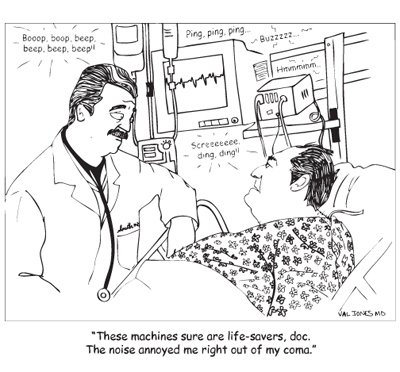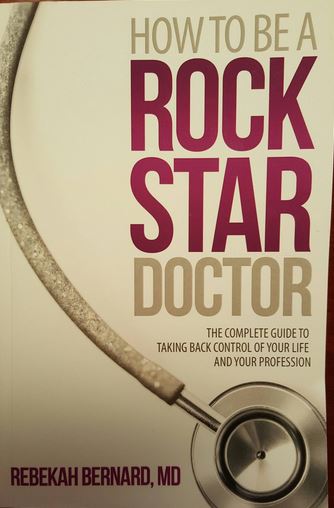October 15th, 2010 by Jeffrey Benabio, M.D. in Better Health Network, Health Tips
No Comments »

 Can your dog give you MRSA? Sharing with your dog is wonderful — unless you’re sharing bacteria. Pets can harbor harmful germs to pass on to you.
Can your dog give you MRSA? Sharing with your dog is wonderful — unless you’re sharing bacteria. Pets can harbor harmful germs to pass on to you.
Staphylococcus bacteria is a common cause for skin infections in people and animals. A virulent strain of staph, called MRSA, has made headlines for school outbreaks and fatal infections. MRSA infections are usually blamed on dirty locker rooms and contaminated gym clothes, but the source for an infection might be in your lap right now.
Here are five ways to avoid catching an infection from your pet:
1. Your pet’s mouth is not clean. It’s teeming with bacteria. Don’t let your pet lick your wounds. A dialysis patient once contracted a life-threatening pasturella bacteria infection from his beautiful golden retriever this way.
2. Keep open wounds covered. Contact between your wound and your pet could spread bacteria such as MRSA. Read more »
*This blog post was originally published at The Dermatology Blog*
June 5th, 2010 by RamonaBatesMD in Better Health Network, Health Tips
No Comments »

 It seems that each year, I just miss National Dog Bite Prevention Week, which is the third full week of May. As you know, it’s June already. But can it ever hurt to review such important information?
It seems that each year, I just miss National Dog Bite Prevention Week, which is the third full week of May. As you know, it’s June already. But can it ever hurt to review such important information?
More than 4.7 million people a year receive bites from man/woman’s best friend. If you have read this blog for very long, you know I dearly love my dogs — deceased ones (Columbo, Ladybug, and Girlfriend) and the living one, Rusty. I have no illusions that dogs bite, and given the right provocation I think mine would (although most of the time they are totally harmless and would just invite you in to rob me).
Most dog bite-related injuries occur in children 5 to 9 years of age. Almost two thirds of injuries among children 4 years or younger are to the head or neck region. Dog bites are a largely preventable public health problem, and adults and children can learn to reduce their chances of being bitten. Read more »
*This blog post was originally published at Suture for a Living*
 Can your dog give you MRSA? Sharing with your dog is wonderful — unless you’re sharing bacteria. Pets can harbor harmful germs to pass on to you.
Can your dog give you MRSA? Sharing with your dog is wonderful — unless you’re sharing bacteria. Pets can harbor harmful germs to pass on to you.



 It seems that each year, I just miss
It seems that each year, I just miss 







